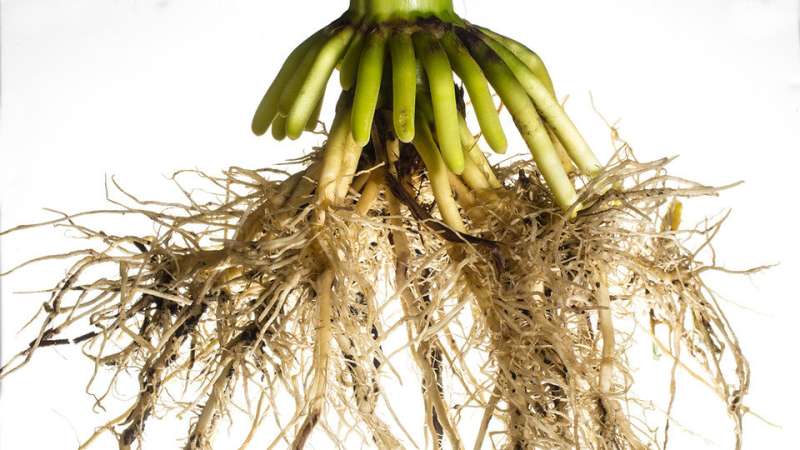How do atmospheric shifts affect soil-dwelling microbes?

Rising levels of carbon dioxide, ozone and other gases can affect crop growth. Microorganisms inside crops, on their roots or within nearby soil also influence crops by contributing nutrients, curbing disease and combating stresses such as drought. But little is known about how microorganisms respond as atmospheric conditions change.
Research led by Nebraska's Daniel Schachtman recently showed that a microbial community's response can depend on the species of crop – or genetic profile of the species – that co-inhabits its soil.
The team found that microbial communities near hybrid vs. inbred corn responded differently to elevated ozone levels. And the diversity of microbe populations living on soybean roots changed when exposed to more carbon dioxide.
The study suggested that differences in microbe-feeding compounds released by hybrid vs. inbred corn roots – or corn vs. soybeans – may explain why their microbial communities responded differently. In this way, the effects of rising atmospheric gas levels may trickle down from plants to the microbes in and around roots.
That knowledge could inform genetic engineering of crops to produce more compounds that promote beneficial microbes, ultimately boosting yields amid changing climates.
The researchers plan to further investigate differences among the compounds released by different varieties of corn.
More information: Peng Wang et al. Shifts in microbial communities in soil, rhizosphere and roots of two major crop systems under elevated CO2 and O3, Scientific Reports (2017). DOI: 10.1038/s41598-017-14936-2
Journal information: Scientific Reports
Provided by University of Nebraska-Lincoln



















